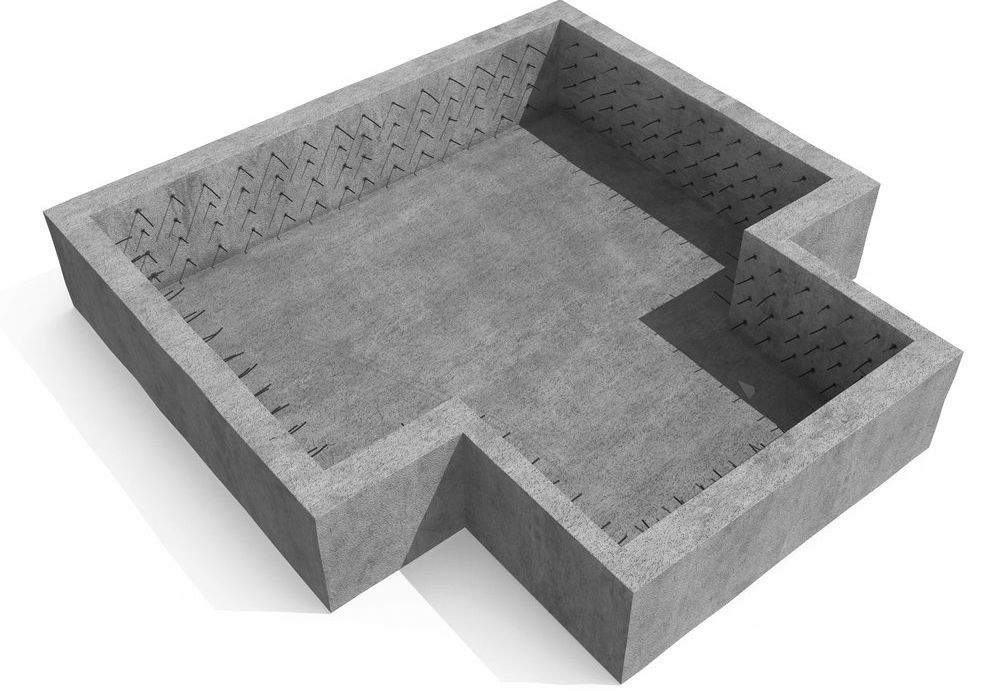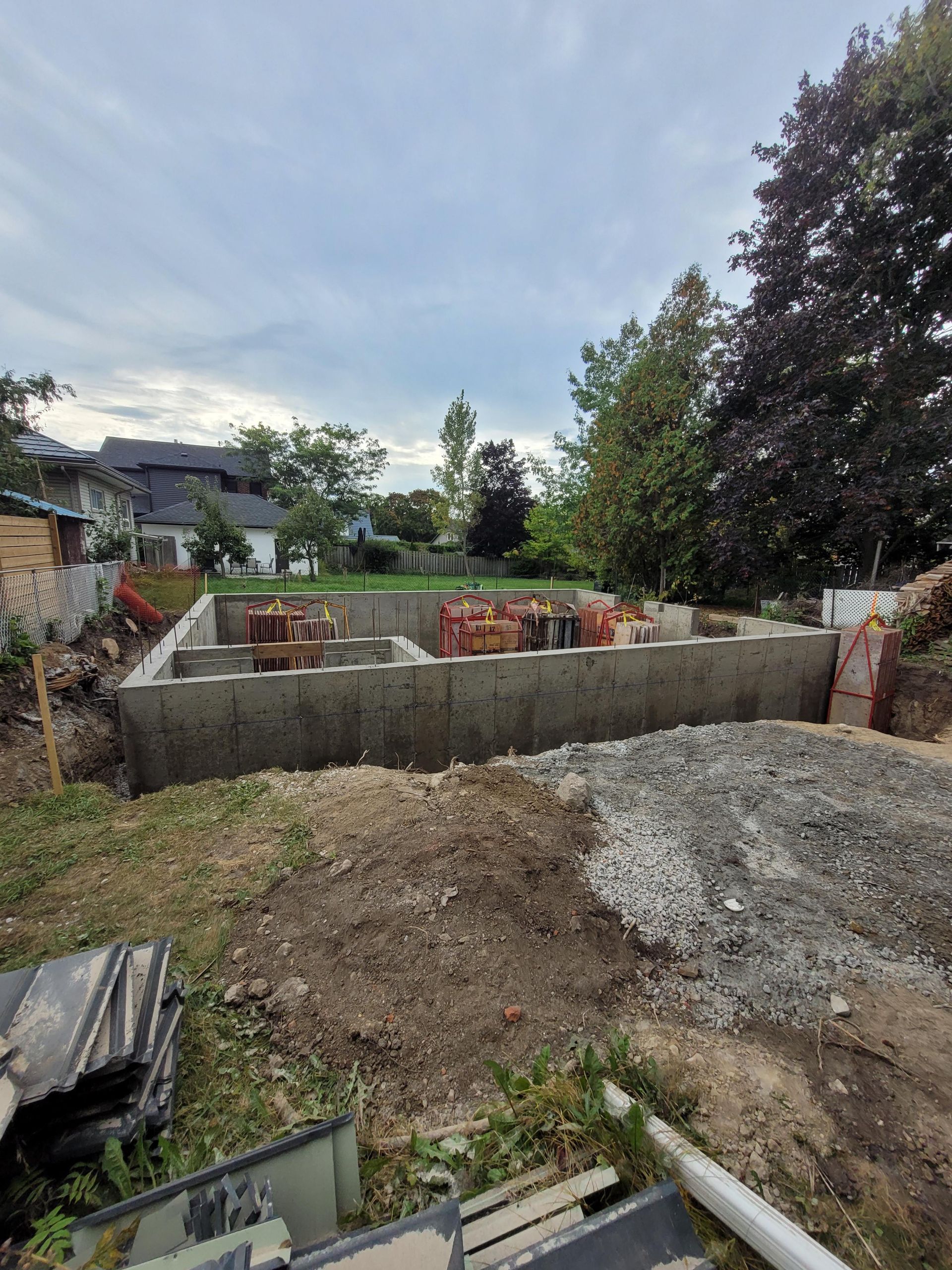CALL US
Accessory Dwelling Unit (Adu) Foundations
Slab-On-Grade Foundations
Slab-on-grade foundations are comprised of a structural concrete "slab" which also serves as the first floor of the building.
The slab consists typically of a 4"-6" concrete slab with a thickened perimeter with rebar and welded wire mesh designed by an engineer according to building size.
Slab-on-grade foundations are monolithically poured, meaning all the concrete is poured and sets at one time.
Slab foundations are only achievable if the location of the structure is on level ground. Additional site grading may be needed to defer water from the building.
Poured Foundation Walls
Poured foundation walls are concrete walls poured on concrete footings. This is the standard method of foundations in Ontario. It offers the benefit of accommodating existing site grades, allowing for the elevation of the main floor, which helps prevent water and moisture issues.
Solutions That Fit Your Needs
Poured foundation walls for accessory dwelling units give the possibility of 3 types of basement options to best suit your needs.
-
Button
Slab-on-grade for ADUs can still be obtained on uneven grades with no basement. Footings and foundation walls are poured with a concrete slab. It typically sits in or on the foundation walls.
-
Button
Crawl space foundations for ADU's typically leave less than 6 feet of basement height. One advantage of crawl space foundations is that basements can be used for mechanical room and storage. This allows for additional living space on the main floor.
-
Button
Full height foundations for ADU'S are similar to crawl space foundations but typically allow for basement heights of 8 feet.
LET'S GET STARTED
ENTRUST US WITH YOUR PROJECTS
AREAS WE SERVE
Cambridge, Kitchener, Waterloo, Guelph, Hamilton, Woodstock, Norwich, Caledonia, Brantford, Burlington, Milton, Halton Hills, Elora, St. Jacobs & Surrounding Areas





